Why a Sliding Back Door is the Perfect Addition to Your Home Design
In modern home design, the sliding back door has emerged as a quintessential element that enhances both functionality and aesthetic appeal. According to a recent survey by the American Institute of Architects, nearly 70% of homeowners prioritize open-concept living spaces, making sliding back doors an ideal choice to seamlessly blend indoor and outdoor areas. This architectural feature not only maximizes natural light but also creates a sense of spaciousness, which is essential for today's design-conscious homeowners.
Moreover, a report from the National Association of Realtors indicates that homes with well-designed outdoor living spaces can yield a return on investment of up to $70%. By incorporating a sliding back door, homeowners can easily access patios and gardens, thus transforming their living area into a versatile space for relaxation and entertainment. The growing trend toward energy-efficient homes further emphasizes the significance of sliding back doors, as many contemporary models come equipped with advanced insulation technology that aids in reducing heating and cooling costs. With these compelling advantages, it’s clear why a sliding back door is not just an addition but a strategic enhancement to any home design.

Benefits of Sliding Back Doors for Modern Home Aesthetics
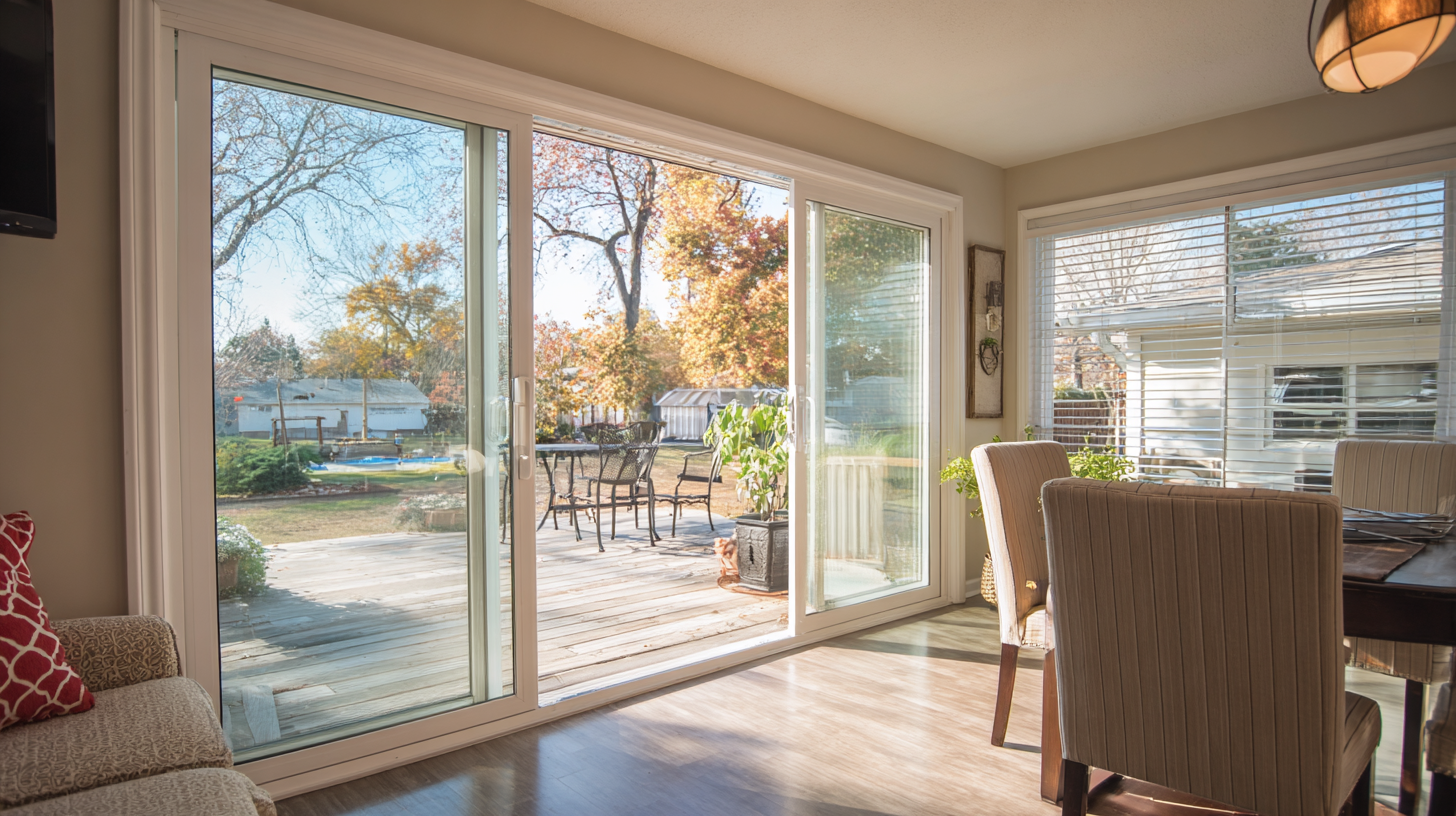 Sliding back doors offer a seamless transition between indoor and outdoor spaces, elevating the aesthetics of modern homes. Their minimalist design creates a sense of openness, allowing natural light to flood the interior. This not only enhances the overall ambiance but also fosters a connection with the surrounding landscape, making it an attractive option for homeowners who cherish outdoor living.
Sliding back doors offer a seamless transition between indoor and outdoor spaces, elevating the aesthetics of modern homes. Their minimalist design creates a sense of openness, allowing natural light to flood the interior. This not only enhances the overall ambiance but also fosters a connection with the surrounding landscape, making it an attractive option for homeowners who cherish outdoor living.
In addition to their visual appeal, sliding back doors are highly functional. They provide easy access to patios or gardens, ideal for entertaining guests or enjoying a quiet evening outside. The smooth operation and space-saving design can be particularly beneficial in smaller homes, where traditional swing doors may require additional room. By integrating sliding back doors into their design, homeowners can embrace modern aesthetics while enhancing convenience and functionality in their living spaces.
Enhancing Indoor-Outdoor Flow with Sliding Back Doors
Sliding back doors are an excellent way to enhance the indoor-outdoor flow of your home, seamlessly blending your living space with your outdoor environment. These doors offer a wide, unobstructed view of your backyard or patio, encouraging a sense of openness and connection with nature. When opened, they create a natural passage between the interior of your home and the exterior, inviting fresh air and natural light while providing easy access to outdoor living areas for entertaining or relaxing.
In addition to their aesthetic benefits, sliding back doors are practical and functional. They require less space than traditional hinged doors, making them ideal for smaller homes or apartments where maximizing square footage is crucial. The smooth operation of sliding mechanisms also ensures convenience, allowing you to effortlessly transition from inside to outside. By incorporating a sliding back door into your home design, you not only enhance the overall appeal of your space but also embrace a lifestyle that values the harmonious interplay between indoor comfort and outdoor beauty.
Choosing the Right Material for Your Sliding Back Door
When considering a sliding back door for your home design, choosing the right material is paramount.
According to a recent report by the American Architectural Manufacturers Association, nearly 70% of homeowners prioritize durability and energy efficiency in their door selections.
Common materials include vinyl, wood, and aluminum, each offering unique benefits.
For example, vinyl is often praised for its low maintenance and energy efficiency, while wood imbues a classic aesthetic.
Aluminum, on the other hand, provides a modern look and excellent sturdiness, making it ideal for high-traffic areas.
Tips for Material Selection: When selecting the material for your sliding back door, consider your climate.
Homes in warmer regions may benefit from the energy efficiency of vinyl, while those in colder climates might lean towards insulated wood or aluminum.
Don’t forget about security features and aesthetics; a robust door not only keeps your home secure but also complements your overall design.
As detailed by the National Association of Home Builders, an attractive sliding door can enhance property value significantly,
potentially adding up to 10% to the resale price.
Ultimately, the quality of your sliding back door material will reflect on your home’s comfort and style.
Investing in the right choice now can lead to substantial long-term benefits.
Design Tips for Integrating Sliding Back Doors into Your Space
Integrating sliding back doors into your home design can greatly enhance your living space, offering both aesthetic appeal and functional benefits. According to the American Institute of Architects, 62% of homeowners prioritize outdoor connectivity when designing their homes, highlighting the growing trend of incorporating seamless transitions between indoor and outdoor spaces. Sliding back doors serve as an ideal solution, allowing natural light to flood your interiors while providing easy access to patios or gardens.
Tip 1: When selecting a sliding back door, consider energy-efficient models. Research from the U.S. Department of Energy indicates that high-performance glazing can improve thermal efficiency, helping to reduce energy costs by up to 30%. Choosing the right glass can ensure that your space remains comfortable year-round.
Tip 2: Pay attention to the door frame's material. Opt for materials like fiberglass or vinyl, which offer durability and require less maintenance compared to traditional wood frames. This choice not only contributes to the longevity of your sliding back door but also positively impacts the overall aesthetic of your home, making it a stylish yet practical addition.
Maintenance and Care for Sliding Back Doors to Ensure Longevity
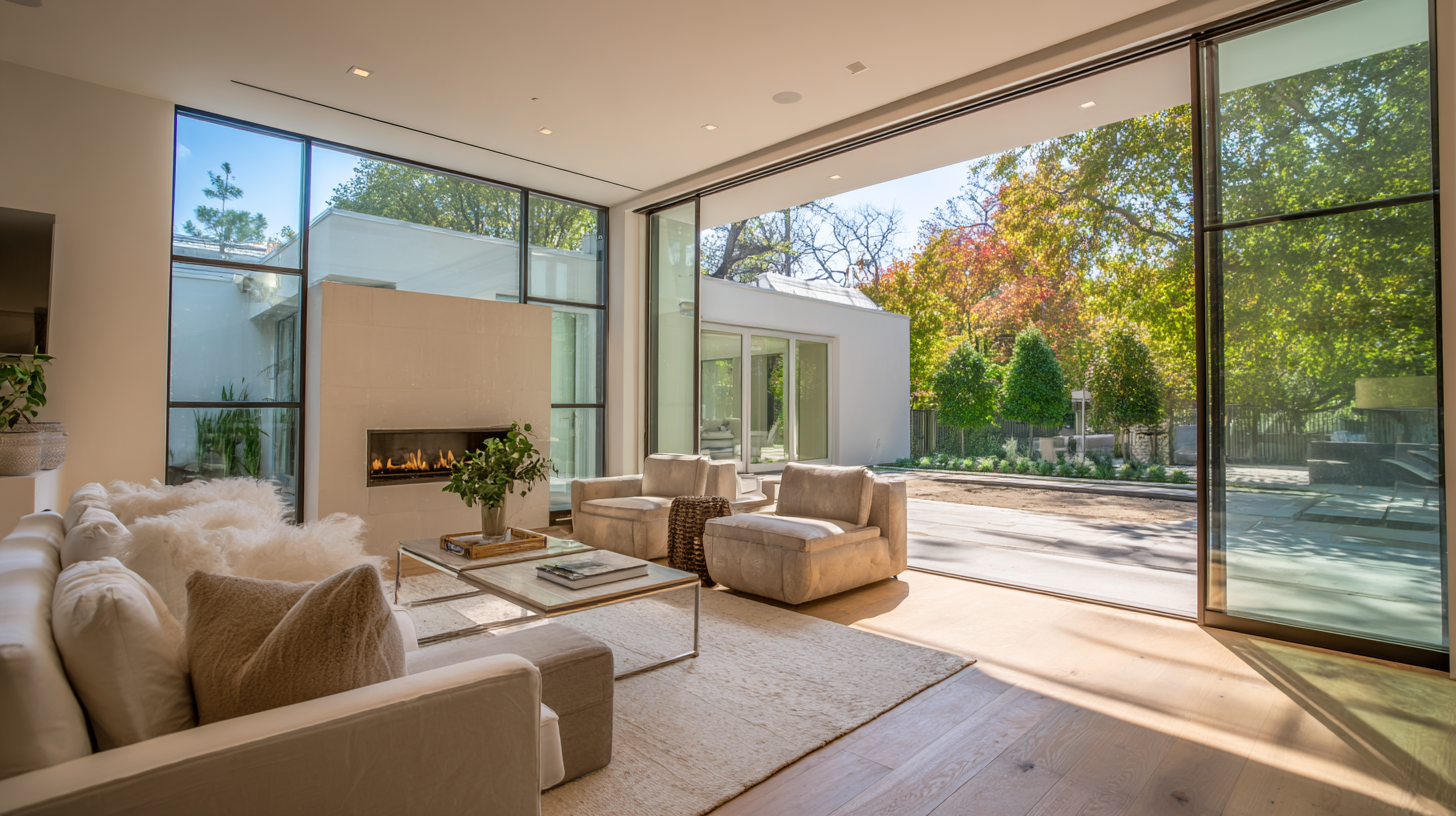 Sliding back doors offer a seamless transition between indoor and outdoor spaces, but their longevity relies heavily on proper maintenance and care. One key aspect is to keep the tracks clean and free of debris. Regularly check for dirt, leaves, and other obstructions that can impede the door's movement. A simple solution is to use a soft brush or vacuum to remove any buildup, ensuring smooth operation and preventing damage.
Sliding back doors offer a seamless transition between indoor and outdoor spaces, but their longevity relies heavily on proper maintenance and care. One key aspect is to keep the tracks clean and free of debris. Regularly check for dirt, leaves, and other obstructions that can impede the door's movement. A simple solution is to use a soft brush or vacuum to remove any buildup, ensuring smooth operation and preventing damage.
Another essential tip is to lubricate the sliding mechanism. Applying a silicone-based lubricant to the rollers and tracks every few months can reduce friction and wear. This not only enhances ease of use but also helps in preventing rust or corrosion, especially in areas with high humidity. Moreover, inspecting the weather stripping regularly ensures that your sliding door retains its energy efficiency, keeping your home comfortable throughout the seasons.
Lastly, never underestimate the importance of regular inspections. Look for any signs of wear or damage, such as misalignment or cracked glass. Addressing these issues promptly can prevent more significant problems in the future. By following these simple maintenance tips, you can enjoy the beauty and functionality of your sliding back door for years to come.
Related Posts
-
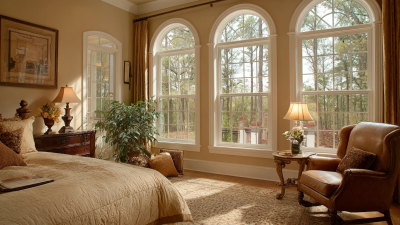
The Ultimate Guide to Enhancing Home Efficiency with Double Hung Windows
-
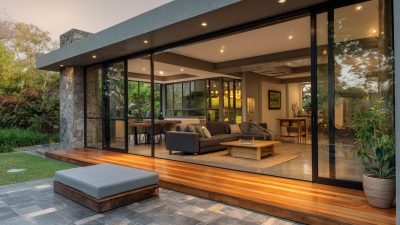
Transform Your Living Space: The Ultimate Guide to Choosing Sliding Patio Doors for Modern Homes
-
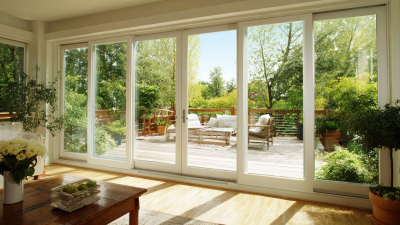
Transform Your Outdoor Space with Stunning Sliding Glass Patio Doors Benefits and Tips
-

How Sliding Doors Enhance Home Efficiency and Modern Aesthetics in Today's Eco Friendly Designs
-
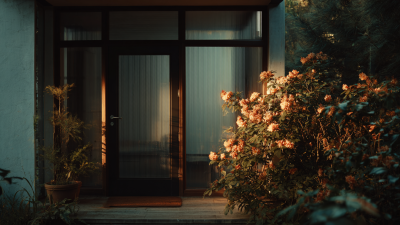
Exploring Innovative Door Window Designs for Modern Homes
-

How Energy-Efficient Windows and Doors Transform Your Home's Climate Control